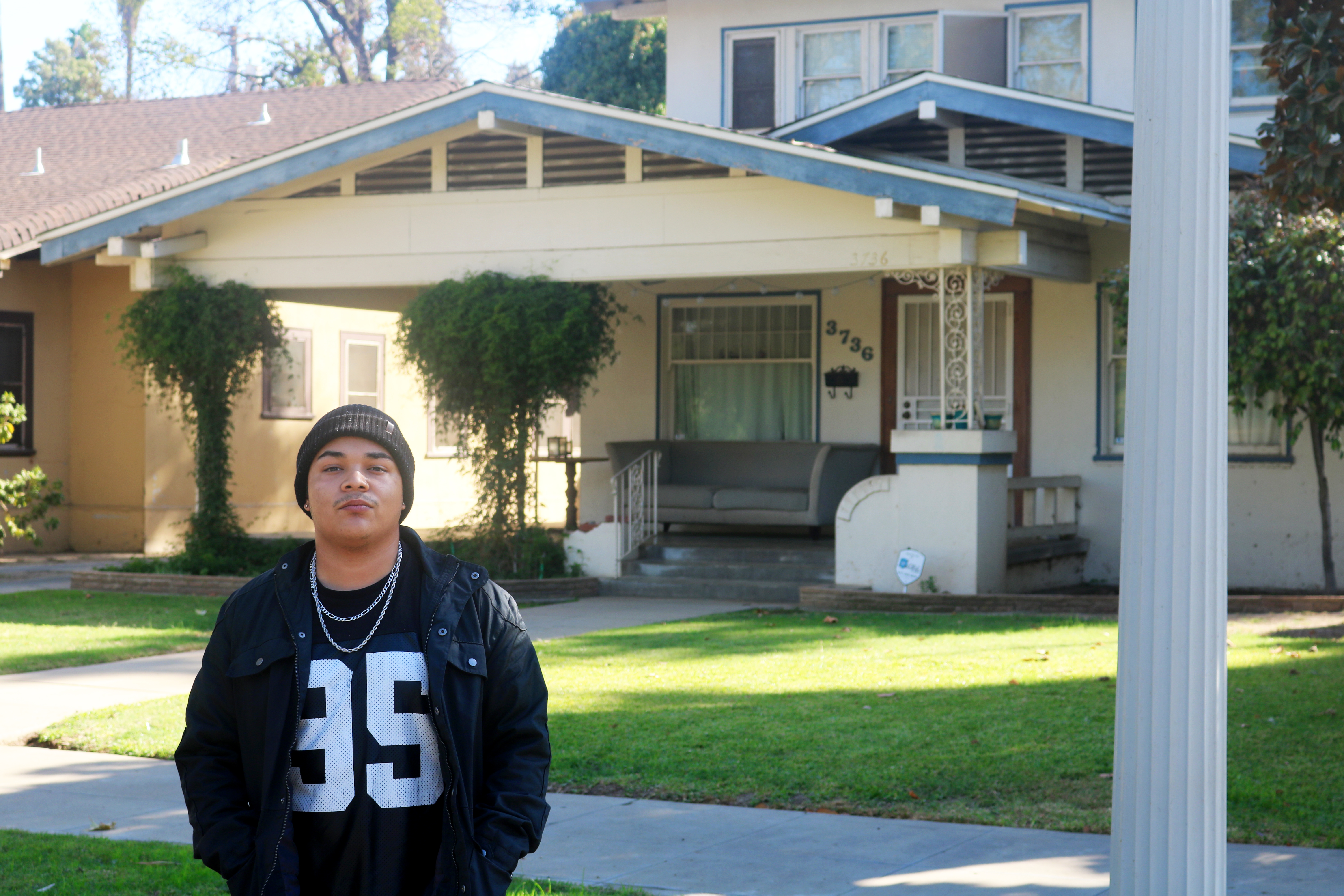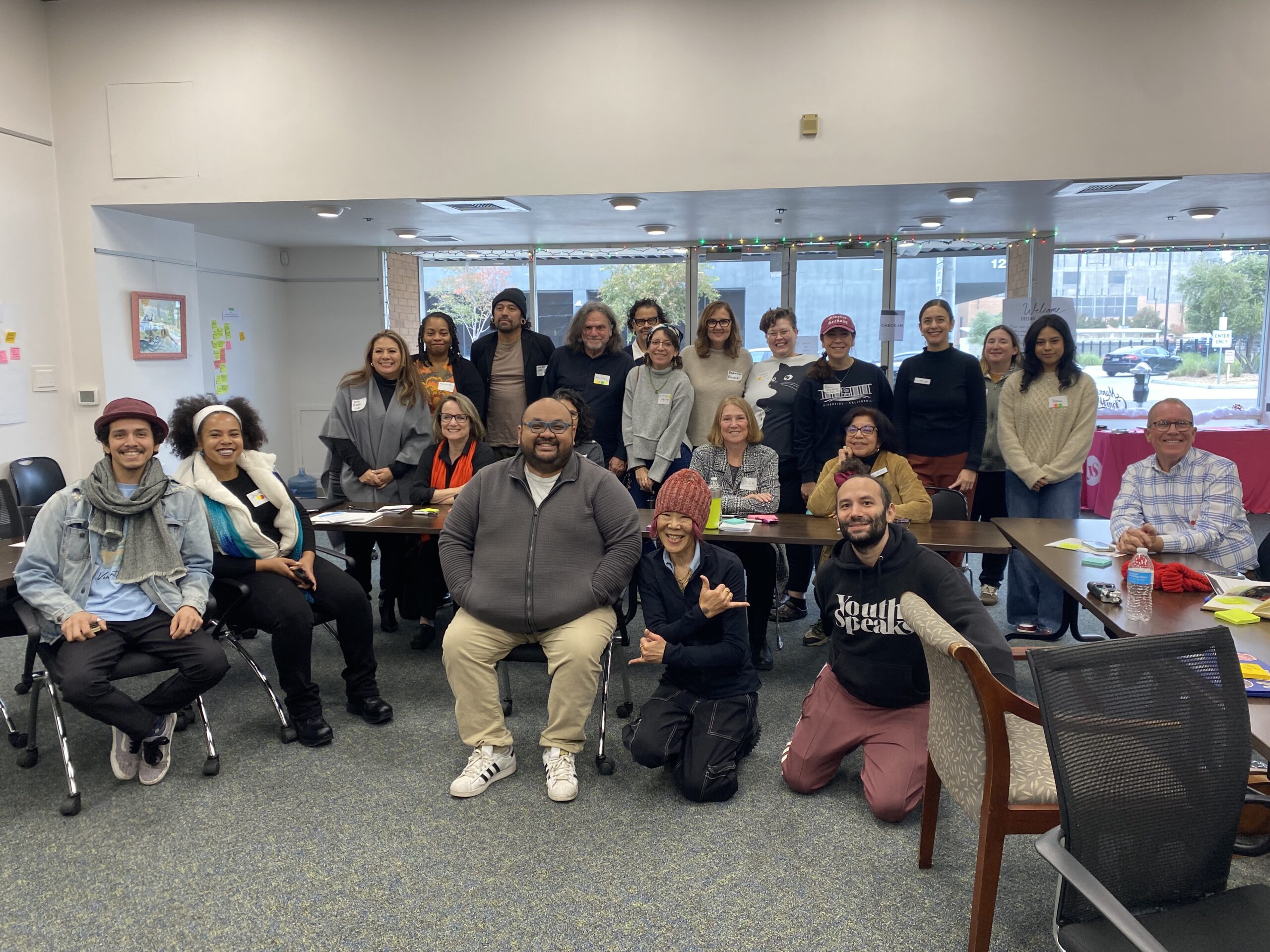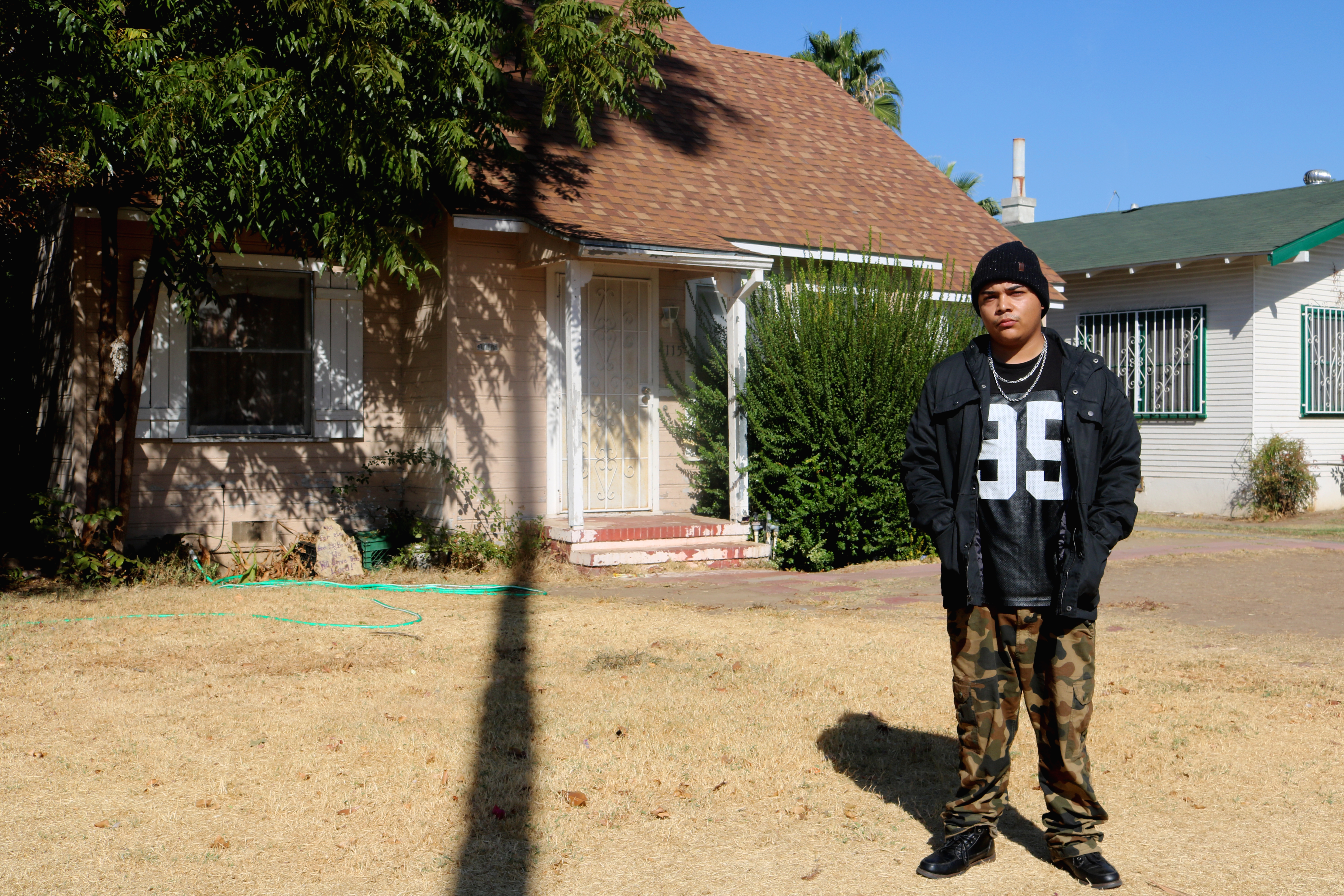
Lately, Fresno has seen a number of renovation projects get going – mostly in neighborhoods near downtown, but also in the southeast and southwestern parts of the city.
Renovation is great. But what happens when a neighborhood that is home to mostly low-income families gets fixed up? Typically, those families are no longer able to afford the rise in living costs and so they are forced to move out, leaving behind homes, friends and sometimes livelihoods.
It’s the textbook definition of gentrification.
Social justice activists and community residents alike have long recognized residential displacement as one of the biggest negative side effects of urban renovation. During the 1950s and 60s, acts like the Federal Urban Renewal program, as well as interstate highway construction and community redevelopment efforts forcefully moved communities of color and low income families into so-called “inner city,” urban neighborhoods in large numbers.
Because of this history, civil rights activists became aware of the risks of displacement and the role that our government has often played in expediting it.
By the 1970s, the language around development and renovation began to shift. Terms like “giving back to the community” began to appear, camouflaging what in reality was continued displacement even though it was no longer by forced removal.
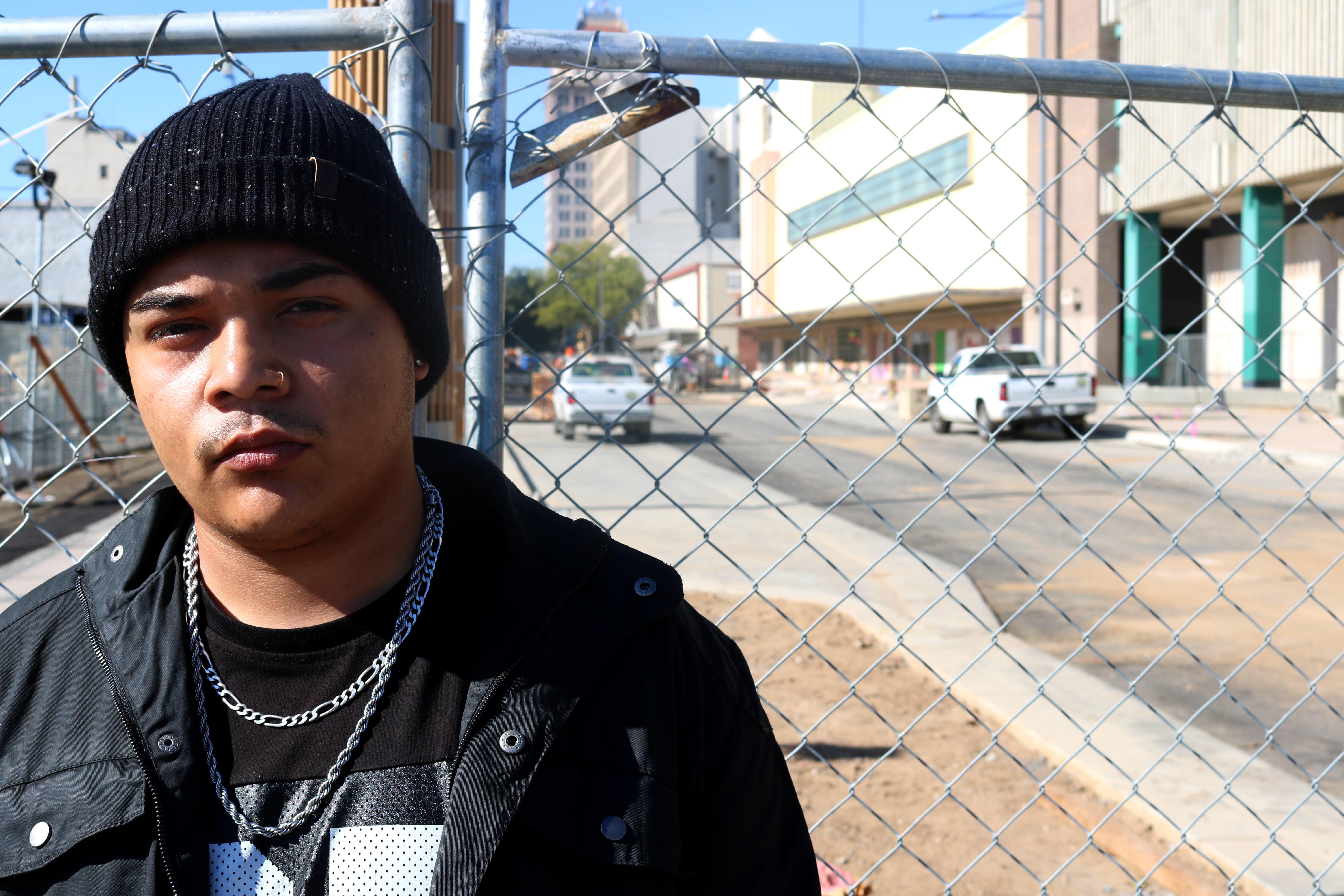
In 1978, the U.S. Department of Housing and Urban Development (HUD) sponsored some of the first reports highlighting the link between revitalization and neighborhood displacement. Titled “Urban Displacement: A Reconnaissance” (Grier & Grier 1978), the report listed twenty-five reasons why residents might have to involuntarily move from their home. These reasons included; accidental fires, demolition to make way for new housing, highway or transit expansion, public building construction, or rising market prices and rents.
The report’s authors offered up a definition for this sort of displacement, which has been adopted by countless researchers for decades since.
“Displacement occurs when any household is forced to move from its residence by conditions which affect the dwelling or immediate surroundings, and which; are beyond the household’s reasonable ability to control or prevent, occur despite the household’s having met all previously-imposed conditions of occupancy, and make continued occupancy by that household impossible, hazardous or unaffordable.”
So how big is the issue in Fresno? Big enough to land the city on a list of urban areas around the country undergoing gentrification.
Currently, around 11 percent of Fresno’s low-price census tracts are being gentrified. These are neighborhoods where the median home value and median household income fell within the bottom 40th percentile of all tracts in the city at the beginning of the decade, when the last census was taken.
They include places like the west side of Fresno from Church Ave. and Elm St. to Fruit Ave. and Jensen Ave. Even my old neighborhood of Huntington Boulevard, where I grew up but no longer live, is becoming unrecognizable to me.
Displacement through gentrification can lead families and communities down a vicious cycle. Individuals become depressed and socially isolated. Families are left with the anxiety that comes from being driven away from their homes, schools and jobs. And there is also the corrosion of social networks and community resources.
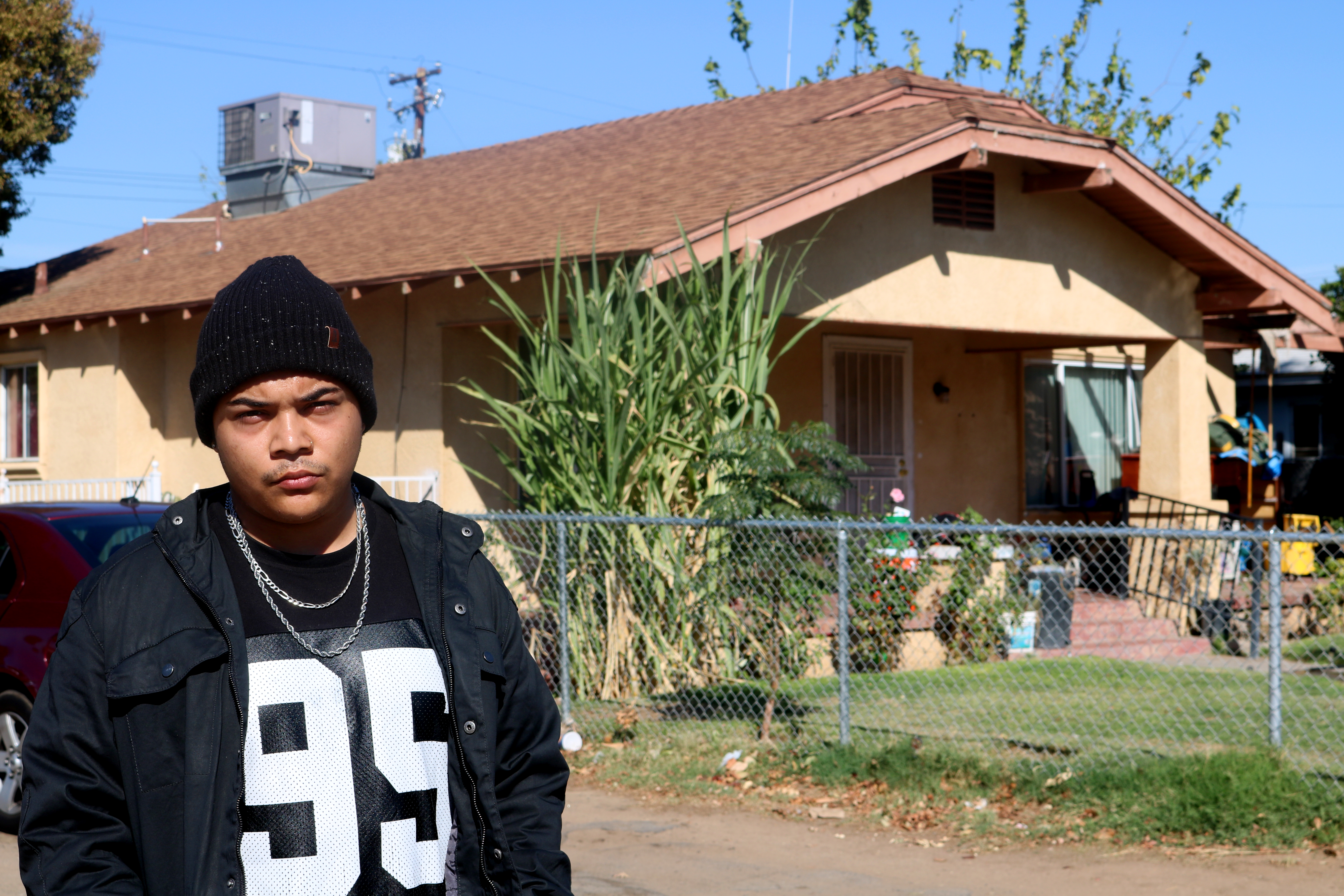
As a young person, I believe gentrification also becomes a barrier to youth who would otherwise flourish, grow and develop in a neighborhood where these community pillars are left intact.
With gentrification, neighborhoods are no longer seen as just “homes.” Instead, they are seen as potential opportunities for profit and gain. And underlying this “urban renewal” fantasy is a more racial history of intentional and focused impoverishment.
For those who can’t afford to shield themselves, change can be a vicious and unforgiving thing.
Which is why we must take a stand against gentrification and work together to find ways to improve our city while also allowing those who live here to enjoy the benefits of that renovation.
We must work together to end gentrification.
